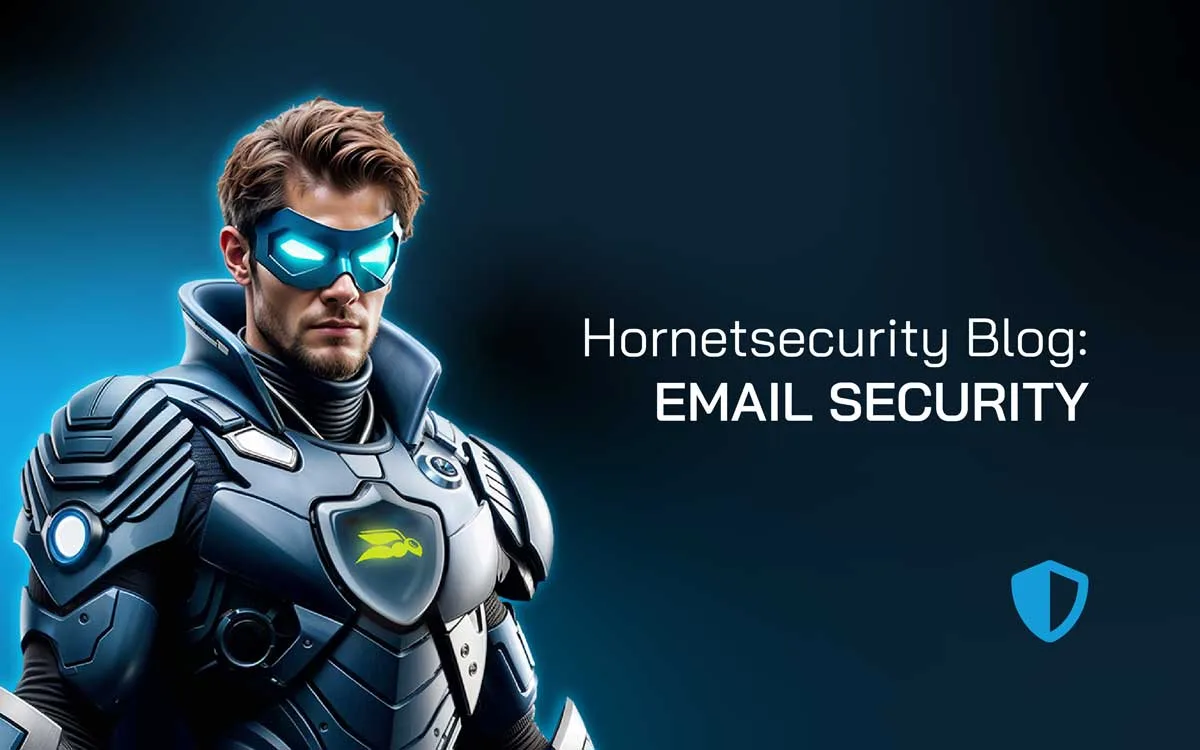

The Secrets to Effective Endpoint Security Management Revealed
Remember when office space security meant locking a file cabinet and logging off your PC? Wild times, those were the days. Now, with employees working from cafes, airports and sometimes their grandma’s kitchen table, the modern business perimeter is practically… everywhere?
And that’s exactly why we are going to talk about endpoint security management, which is no longer optional or nice to have, and why it’s so important for your business.
But before we unpack the essentials, let me clear something up. Endpoint security management isn’t just about installing antivirus software and hoping to catch all threats.
It is a full-blown strategy to secure every endpoint, be it a laptop, mobile phone, desktop and tablet that touches your corporate network, whether it lives in the office or floats around on home Wi-Fi.
Understanding the Need for Endpoint Security Management
Let’s start with the obvious: Endpoints are where the attacks start
Phishing emails, ransomware, infected USBs, credential harvesting, you name it, these are all designed with one goal in mind, to land on your employee’s devices first where the party starts, just not for you.
Numbers reported by IBM state that over 70% of successful breaches starting point are the endpoints. And the cost? On average breaches involving endpoints rack up millions in damage, downtime and cleanup, and it is not just about the financial loss.
The rising importance of compliance standards
Regulations like GDPR, HIPAA, and PCI DSS require organizations to actually show that they are managing and protecting their endpoints properly. That includes securing access, tracking the movement of their data, and keeping tabs on who did what and when.
Hornetsecurity’s 365 Permission Manager can become a crucial sidekick helping control access to sensitive data at the user level, reducing your risk exposure and keeping the compliance teams happy.
But here’s the twist, not every modern attack actually touches the endpoint, in fact many attackers now actively avoid them.
The new age of attack strategies
Why? Because modern EDR solutions have gotten really good. So good in fact, threat actors are adapting and instead of deploying malware that risks triggering an alert, they are stealing credentials through phishing and AiTM (Adversary-in-the-middle) technique.
These attacks happen in the browser with no executable required and once successful, they move laterally through SaaS platforms or cloud services that endpoints never even see.
This is why endpoint security isn’t just about what’s installed on a device; it is about broader visibility and controls around users, credentials and applications.
Common Endpoint Security Challenges and How to Overcome Them
Device sprawl and Shadow IT
Raise your hand if you’ve ever seen an employee log into company email from their personal iPad or worse, from an unsecured airport kiosk. This explosion of unmanaged and unmonitored devices makes it nearly impossible to keep track of your real attack surface.
How to fix it: Start with strong inventory controls and centralized visibility, preferably with a unified endpoint management platform to help you track every device and its status in real time. Block access to sensitive data and applications from personal devices using Conditional Access policies in Microsoft 365.
User resistance to security policies
Nobody likes MFA. Except my cousin who got hacked on every device he owned because an “80% offer” popup deal felt too good to ignore, now he swears by it like a digital seatbelt. Painful lesson, but sometimes awareness starts with regret.
People skip updates, frequently ignore VPNs, and think Bitwarden is a brand of whiskey. And as a security professional I get it, security can feel like a hassle, but with time and awareness it becomes a habit.
How to fix it: Keep policies simple, explain the why and pair education with tools like Hornetsecurity’s Security Awareness Service to help employees understand the known and unknown risk that they bring every day in the workplace, be it remote or in the office.
Delayed patching and outdated systems
Patching is boring, but leaving the systems vulnerable? That’s how WannaCry ransomware spread like wildfire. Many businesses fall behind simply because they don’t know what’s in their estate because of negligence or not properly managing their risks.
How to fix it: Automate your patch management and use inventory tools to detect software versions by flagging anything that’s behind schedule.
Lack of visibility across endpoints
If you can’t see it, you can’t secure it. That’s the golden rule of cybersecurity and my personal favorite, yet so many teams are still relying on outdated tools or incomplete logs.
How to fix it: Implement real time monitoring and logging, backed by audit logging. Hornetsecurity’s suite including Advanced Threat Protection can help you spot and block threats before they become incidents.
How to Build an Effective Endpoint Security Management Strategy
Ready to tighten things up? Since we are part of the security world, we often find ourselves repeating the same things over and over again, and that’s okay. Remember, it only takes one screw loose to lose, so here I’m sharing the pillars of solid endpoint security management:
Inventory and manage all endpoints in your environment
- Know what you are working with. Start with a full inventory of work devices, BYOD, IoT gadgets… everything. Then bring them under a single management framework. This is where unified endpoint management tools come into play, they give you one dashboard to rule them all. Software status, user behavior and security alerts.
Implement strong access controls and authentication
- Lock down who can access what. A proper system control access, no more shared accounts, mandatory MFA and yes, even your CEO has to follow the rules. Pair this with permission and privilege management, so your employees won’t end up with excessive admin rights unless absolutely necessary.
Deploy Advanced Threat Protection solutions
- Traditional Antivirus is not enough anymore, you need behavior based detection, sandboxing and real time threat intel. Hornetsecurity Advanced Threat Protection offers exactly that, detecting and stopping malware, phishing and zero days before they reach your users.
Keep endpoints software and systems up to date
- Regular patching and updates aren’t sexy, but they work. Automate updates wherever possible and monitor patch status centrally, and I beg you not to let “we’ll do it later” be the reason for your next breach.
Train employees to avoid endpoint threats
- Your tools are only as strong as your people so complement their capabilities and invest in regular training that educates users to spot phishing emails and suspicious behavior. That’s where Security Awareness Service shines, it makes cybersecurity education relatable, ongoing and memorable.
Regular backup endpoint data
- Stuff happens, system breaks, or the intern decided to test his new feature on production because vibe coding is now a thing and trustworthy companion (where’s the button for insert sarcasm?). Also, devices get lost, encrypted or tossed in airport security bins, there are a lot of reasons why but having a backup plan is crucial. VM backup ensures your endpoint systems and data are backed up and easily recoverable, whether it’s a single laptop or an entire fleet.
Stop Endpoint Threats Before They Stop Your Business
Worried about ransomware, phishing, and advanced cyberattacks targeting your endpoints? With Hornetsecurity Advanced Threat Protection, you can:
- Detect and block sophisticated threats before they reach your users.
- Protect every endpoint from desktops to mobile devices no matter where they work.
- Automate threat detection, analysis, and response.

Don’t wait for the next incident. Schedule your free demo today and see how Hornetsecurity keeps your business safe and productive.
Conclusion: Take Control of Endpoint Security Today
You don’t need 10 vendors, a six-figure budget, or a team of hackers to get endpoint security right. What you need is a clear strategy with the right tools and most importantly a buy-in from your users.
Endpoint security is a whole lot more than just ticking boxes; it is about protecting your business where it’s more exposed than the devices your team uses on a daily basis.
Hornetsecurity does make it possible to secure those devices without creating chaos with integrated tools that work together so your business can detect, prevent and respond to threats before they cause any real damage.
FAQ
Endpoint security is crucial because over 70% of successful breaches originate from endpoints, making comprehensive protection necessary for both financial and regulatory compliance.
Businesses struggle with device sprawl, user resistance to security policies, delayed patching, and lack of visibility, which can increase their vulnerability to attacks.
Organizations should inventory all endpoints, implement robust access controls, deploy advanced threat protection, keep software up to date, and train employees to recognize endpoint threats.

